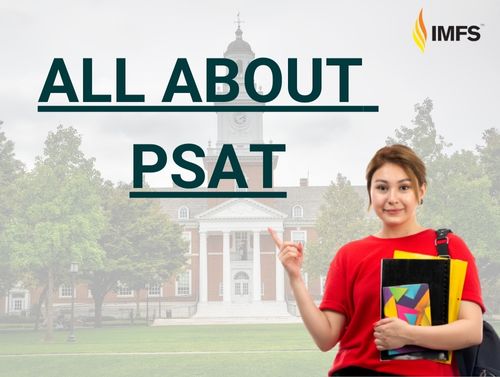
Institute of Management and Foreign Studies (IMFS) Presents: All About PSAT
An Introduction to the PSAT
Ever heard of the PSAT? Often dubbed as the PSAT/NMSQT (National Merit Scholarship Qualifying Test), this standardized test is a precursor to the SAT (Scholastic Assessment Test) and is brought to students by the College Board. Traditionally a pen-and-paper test, the PSAT is a rite of passage for many high school students in the United States, especially those in their 10th and 11th grades.
Why Take the PSAT? Let's Dive Deep!
- A Glimpse into the SAT World: Think of the PSAT as your friendly trial run before the main event—the SAT. The SAT is a critical part of the U.S. college admissions puzzle. With the PSAT, you get a realistic feel of the SAT’s format, type of content, and overall structure. It’s like a rehearsal before the grand performance!
- Your Ticket to National Merit Scholarships: Gear up, 11th graders! The PSAT/NMSQT could be your golden ticket. Excel in this test, and you might just catch the eye of the National Merit Scholarship program. It’s more than just prestige; it’s an opportunity to potentially lighten the financial load of your college journey.
- Measure of College Readiness: The PSAT isn’t just practice—it’s a reflection. By assessing your reading, math, and writing prowess, the PSAT offers insights into how prepared you are for the rigors of college academia. It’s a peek into your academic strengths and what might need a little more polish.
- Personalized Feedback, Just for You: After you’ve given the PSAT your best shot, you’ll receive an in-depth score report. This isn’t just a score; it’s a map. It highlights your strengths, pinpoints areas that need attention, and sets you on a path for further success.
What’s Inside the PSAT?
- Evidence-Based Reading and Writing (EBRW): Dive into reading comprehension and flex your writing muscles! This section tests your ability to understand and interpret written material, with a mix of multiple-choice questions and passage-driven essays.
- Mathematics: From algebra and geometry to intricate problem-solving scenarios, the math section is all about challenging your numerical acumen.
- Optional Essay (A Glimpse of the SAT Essay): Though the PSAT offers this as an option, the SAT includes it as a staple. Here, you’ll be tasked with analyzing and articulating your thoughts on a provided piece of writing.
Whether you’re a budding high schooler or a mature learner, the PSAT is a valuable stepping stone on your academic journey. Embrace the experience, and let it be your guide to future academic endeavors!
Diverse PSAT Types: Which One is for You?
1. PSAT/NMSQT (National Merit Scholarship Qualifying Test)
- Who’s it for? Primarily high school juniors.
- What’s it about? It’s the gateway to National Merit Scholarships. Ace this, and doors to numerous scholarship opportunities swing open.
- Content: Much like the SAT, it evaluates Evidence-Based Reading, Writing, and Mathematics with an optional essay.
- Scoring: Between 320-1520, with each section ranging 160-760.
- The Perks: A shot at the National Merit Scholarships, insights into college readiness, and a sneak peek into the SAT experience.
2. PSAT 10
- Who’s it for? High school sophomores, the ones gearing up for the future.
- What’s it about? A trial run before the junior year’s PSAT/NMSQT, it sets the stage for the SAT.
- Content: Familiar territories of EBRW and Mathematics with an optional essay.
- Scoring: Ranges between 320-1520 with individual sections scoring 160-760.
- The Perks: Early insights, a yardstick for college readiness, and a strategic tool for academic planning.
3. PSAT 8/9
- Who’s it for? The young visionaries of 8th and 9th grades.
- What’s it about? An introduction to academic evaluation, mapping out skills, and plotting the course for future challenges.
- Content: The basics of EBRW and Mathematics to ensure foundational competence.
- Scoring: A total score between 240-1440, and each section swings between 120-720.
- The Perks: An early-start for skill enhancement, tailored academic planning, and a primer on college and career requisites.


